Project Riese
today we were visiting 3 of the tunnels from the Riese
complex:
- Saeuerhoehen = Osowka in the Osowka mountain (
- Dorfbach = Sztolnie Walimsie near Rzeczka in the Ostra mountain (Spitzenberg)
- Wolfsberg = Wlordaz
those are the 3 tunnels open to the public... and at the end
of the day: they were all very cold!!!!!
So what is the Riese complex?
- On April 9, 1944 a decision was made regarding a priority investment and to use prisoners from Gross Rosen: Arbeitslager Riese: AL Riese was created
- At least 3648 prisoners died of exhaustion / disease at the Riese Labor camp: the most common cause “heart and body weakness” as per the camp phycisian
- By the end of Jan 1945 they started to evacuate the workers camps here – they had to walk and then by train to Flossenbuerg, Bergen-Belsen and Mauthausen – along the route they later discovered 12 mass graves and dug out 197 bodies
- After WWII only a few members of the personnel received punishment.
- no one really knows: they are top-secret underground tunnels from the Third Reich: they are in the Owl mountains in lower Silesia (which was previously Germany)
- there is still talk about some not yet discovered tunnels and that in one is the famous Bernsteinzimmer = Amberroom from St. Petersburg as well as other Nazi treasure: all they know is that a train left Breslau (Wroclaw) and never arrived in Vienna (Sadly we did not discover it on our trip around the mountains)
- there are several tunnel systems beside the ones we visited:
- Sokolec = Falkenberg in the Gontowa Mountain (Schindelberg)
- Jugowice = Hausdorf, it’s inside the Dzial Jawornicki Mountain (Mittelberg), with railway tracks going to the nearby town of Olszyniec (Erlenbusch) founded in 1944
- Sobon = Ramenberg
- as well an extensive tunnel system underneath the Ksiaz castle (Fuerstenberg)
- There were 5 labour camps around them – one in Walim (we saw the ruins) and 14 sub camps
- all of them were unfinished by the end of WWII
- under the command of Albert Speer up to 28.000 worked on the systems in a single day
- the workers were prisoners from Gross Rosen concentration camp and it satellite Arbeitslager = workers camp: they assumed that a prisoner can work up to 4 month before he is not able anymore
- in August 2015 Polish and German amateur treasure hunters said, that they found the legendary golden train in the Owl mountains between Makreszow and Walbrzych: guess that was false alarm!!
- They still research and look for answers for what it was built for: maybe it is one of the biggest secrets of WWII
Travelling through the countryside of lower Silesia
our drive today went through the country side and we had a
lot of fun doing it – highlights were:
roads so narrow only wide enough for one car –
let's hope there is no traffic, otherwise one has to back up - roads you wonder if they are really roads – but
some how they all went back to a larger street and there were still some tiny
villages even if you think you come to the end - a road in cobblestones and we wondered if that
road was from before WWII and we drve on roads closed for busses
some real fancy and old buildings, looking like
nothing was done since before war times
we went up on top of the owl mountains and back
down again
we had windy roads : Paul had so many u-turn curves we couldn't even
count that many
And the roads are lined with trees and sometimes
they used the trees to paint on the red-white street markers
Ludwigsdorf / Ludwikowice: Molke Museum
we already knew from the internet that it is not open
anymore... but since it was on the way we decided to drive by and hoped that we
can see Hitlers Stonehedge. And yes we could see it, even we could not walk
underneath it.... It is really weird and there are also some old ruins from the
old factory left.... you can only imagine and the legends and story around it
makes you wonder what was going on… here you are feeling like you are back in
time…
So was it a fly trap – a cooling system or Hitlers
stonehedge?
- it was always talked about that the Nazis worked on something secret in their tunnels: Hitlers wonder weapons, atomic bomb research, UFO's, the testing of the Nazi bell or maybe even a time machine
- here was the site of the Molke Werke factory used by the Dynamite Nobel Company: they manufactured explosives and ammunition: and what is left is a controversial structure: some say it is a boring cooling tower – you ask me: I think time machine sounds better
- It seems there is a connection between the Molke Werke and the Riese Project: maybe the power generated here was used in building the tunnels, maybe the Dynamite came from here
Osawaka Underground city
Originally Gine emailed and booked the extreme route which
would be at 10.30, but we got an email back telling us there is only a historic
tour available.... guess even if you can book it, it doesn't mean they do it.
Our first tunnel and someone was speaking a little bit
English –we got an English audio guide. But we had to wait until 11 o’clock for
the tour… so we enjoyed some more sunshine before going in the tunnel – on the
way to the entrance we found some ruins and a rusty truck and also in front of the entrance some
concrete bags – they are like stone: 4 people in our group and a guide speaking
polish only oh and the audio talking a lot about staff we were not interested
in.
Right after coming in and through the first tunnel we came to
a guardroom with a rusty machine gun likely pointing into the tunnel… Paul
tried if it still working đŸ˜Š
We saw where they were digging and some equipment as well some
old machinery: rusty helmets and other rusty communication equipment. And we
walked through a lot of tunnels, some were wide and some were high, and as we
walked along we saw a lot of side tunnels… we went up and down stairs and
discovered that there are multiple levels of tunnels, then we saw were they
were caved in. Also it was very moist in here – when you shone the flash light
you could see the moisture in the air. Also some tunnels were totally finished
in concrete like long halls, where others were still carved out in the solid
rock.
The most impressive part for a huge gigantic room with a
super high ceiling outlined with wood and concrete walls and towards the end
you could see that it was 2 high stories splitting up – it would have been
interesting to know what it was made for.
Towards the end we came to a completed concrete tunnel where
they put pictures of life size tanks up – that is when you realize how big some
of the tunnels really are.... Did I
mention it is freezing cold in there!!!
we went in via Entrance 2 and came out at another end: we
were so happy to be back in the warm sun after nearly 1.5 hours walking in the cold
and back through the forest by some ruins of buildings.... everything is very
mysterious…
And the more we saw – the more mysterious it got.
What do we know about the Osowka tunnels?
- it has 3 entry tunnels on different levels – the entry #2 we went in, looks as it did in 1945
- they had air pressure on the ventilation system: it was designed to keep the air in the tunnel at a higher pressure inside than outside, to keep poison gas or smoke from flowing inside
- it was very moist and sometimes when you lit a tunnel with the flashlight all you could see is mist....
- they call it the underground city Glyszyca in the Osokwa tunnel and it opened to the public in 1996 with the first 600m – today you can see 1.5 km
Rzecka: the Sztolnie Walimskie Tunnel
this one was easy to find... right along the street and then
you park right near a rocket, ok here the communication got a little bit more
complicated, but there was a guy talking a little bit English and we learned
with writing down that at 13.10 is the tour and at 13.05 we can pick up our
audio guide....
we had 40 Min: enough time to walk around and check out the
machine guns: Gine could even point it towards Paul even it took a while for
her to find out how to use it, near the entrance #2 were a few cement bags left
from WWII – today they are like stone: so we brought a small souvenir home:
some WWII concrete!
On some information boards we could read a lot about the
building of the tunnels and the forced labour and the labor camps (AL –
Arbeitslager Riese) and we saw some guardhouses to protect the tunnel.
And today it was only us tow in the tour and our guide could
speak a tiny little bit English and told Paul some things ones in a while –
during Gine walked around and took pictures.
There are 3 tunnels: #1 and #2 are connected: starting out in
#1 we first visited the guard rooms with the machine gun first... that's where
we also saw some old helmets. Then continuing we saw a Missile replica as they
used them during the war... we walked through the whole tunnel and saw that at
some spots it was like 2 tunnels: if I understood it correctly they made first
2 and then they became one... then we went up some stairs and saw the large
hall: 100 m long – it is huge!!!!! on the other side it was the same one in
built with collapsed rubble... the plan was to have it go through to # 3 tunnel
and sometimes we saw some old cards on the old tracks....
What is really funky here is that they have some light-sound
shows: so in one we had a bombing with the forced labour in the tunnel and at
another time we heard them working and building the tunnel (even we couldn’t
understand anything).
After leaving via Entrance #2 we went over to Entrance #3:
yes we had to see all… right – and also get a little bit cold.
And after being in this tunnel we got ourselves even more
asking: Why did they built all this? What was the purpose?
What is special about the Rzecka Tunnel?
- it is the smallest of the 3 tunnels: 3 parallel tunnels 500 m long
- the most amazing with this and all the other ones is that they got drilled into solid rock
- they said thousands died during building
- it opened in 1995 as the Walim underground factory
Bailey Bridge:
is right near the Rzecka Tunnels and looks really cool – but
what is the most amazing thing is:
- this bridge was used in WWII by the Western Allied in Africa, then France and Holland and after WWII sold to the polish army
Walim
it's a tiny town – but when you drive in you can see the
rests of the Satellite camp from Gross Rosen, where the prisoners lived working
at the Riese project – so yes we drove by and saw the ruins of the factory –
really weird when you think it is still there.
Walim - Cemetry:
we stopped for 2 reasons: one Gine likes cemeteries and two:
on this cemetery are the remains of 30.000 Soviet POW and concentration camp
prisoners, all died during the construction of the Riese Project.
This is the steepest graveyard I ever saw –with no proper
walkways you are glad when you are at the top, but then you have a great view.
And again: they love artificial colorful flowers, a lot of lamps on the graves
and again often they have benches (even folding benches) right near the grave
to sit down.... Paul really liked that part….
Through the country
side of the Owl Mountains
And from here we go even more in the middle of the now where…
on tiny roads: with big signs no busses because they are so narrow and then it
goes up on the Wolfsberg… and towards the end a narrow road with the last
stretch on old wooden beams with dirt between – not very comfy to ride!!! It’s
better to walk đŸ˜Š – wonder how old that road is… maybe it is a
historic road
Wlordaz Complex: Wolfsberg – because it is built into
the Wolfs mountain
Driving in we saw 2 rusty tanks sitting high up in the forest.
Luckily there was a guy who spoke a tiny bit German, so we learned that the
tour is as 15.00 and that we have to use the yellow helmets.
We had plenty of time to check out the tanks, machine guns
hanging around, the guard houses and the tunnel entrances.
We went in with a whole school class... and all was in polish
with a lot of talking.... we walked through a lot – I mean a lot of tunnels:
they looked more like Mine tunnels and not too big: but I can't remember on how
many side tunnels we saw … Here you really can get lost.
Also this is the muddiest tunnel system so far… our shoes
will be super dirty and I think we also got wet feet going in all the dirty
water puddles. As well it was good we
brought our flashlights here!!!
Then the group divided... so we followed one, who knows what
we should do. Once in a while the guide pointed with his weak flashlight
somewhere to point something out. Once on top of a ladder he talked to Gine in
polish so that she can use her strong flashlight, that we can see the tunnel on
the other side (I thought it was funny that the guide had such a weak non-functional
flashlight who couldn’t even show what we should look at)
Very interesting was that there were different levels of
tunnels: the shafts went both vertical and horizontal. We walked along one long
tunnel with a lot of shafts going down to the lower level – mostly flooded as
well once in a while one went up – or you went up some stairs and if you lit
across the tunnel you came up you saw the upper level tunnels there.
And then we went down a ladder into a big hall and at the end
of the hall we had to go in a boat and with the boat through a tiny tunnel – I
think Paul nearly got his head smashed (good thing he had a helmet on) .... it
was really super cool. At one point we could see a shaft way up and saw the daylight
at the very top ...
Finally in the 2nd guard room we saw a lot of
tools and up in the corner was a painted swastika and the year 1939... I wonder
if it is that old... I know the guy talked something about the swastika but
what? Our polish was not good enough for this
So what is special about the Wlordaz tunnel?
- it is the largest of the 3 tunnel systems with a total of 3 km length – 1/3 third of it is flooded
- it has 4 parallel tunnels and had originally 4 entrances: they were blasted and buried after the Soviets stripped them of the equipment
- it is also the most incomplete of them all
- it opened in 2004 to the public – still only a small part is open to the public
And then it was already after 4 o'clock – we decided it is too
late to drive to the Ksiaz castle and we went back did our shopping and again
it was supper time once we arrived at our super cool Airbnb.

 Jugowice, Województwo dolnośląskie, Poland
Jugowice, Województwo dolnośląskie, Poland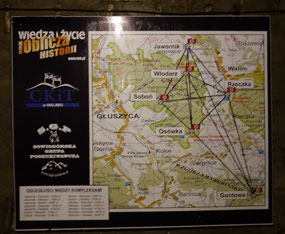
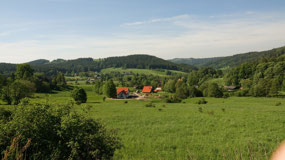
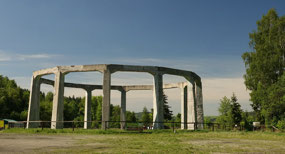
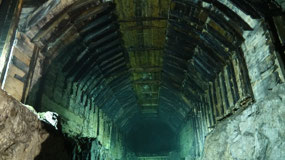

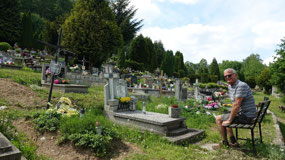
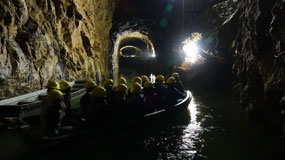




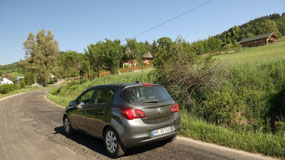
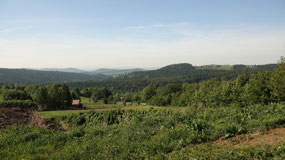
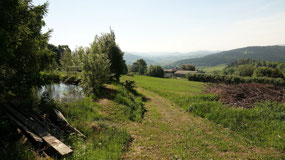
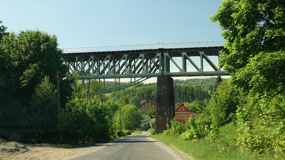
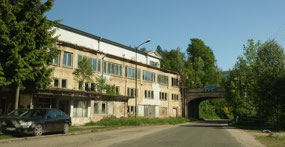
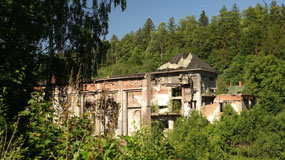
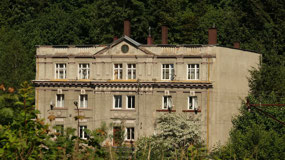
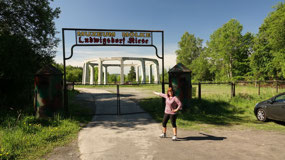
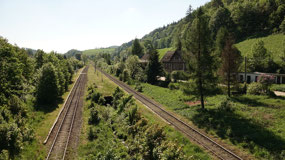
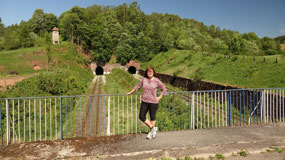
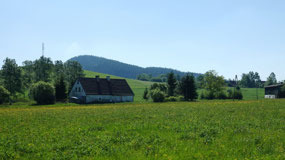
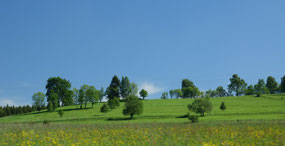

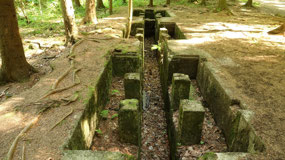
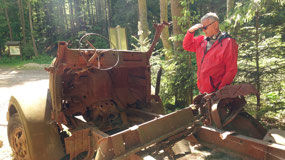
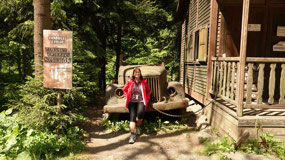
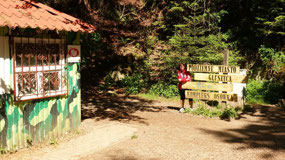

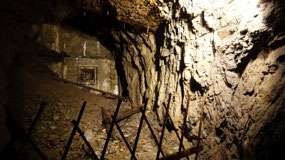
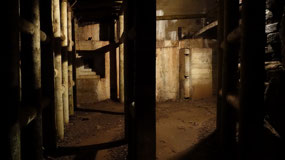
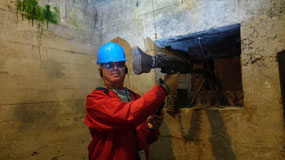
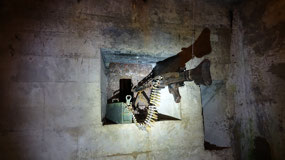
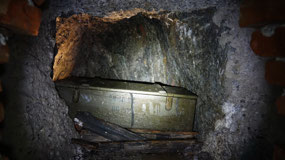
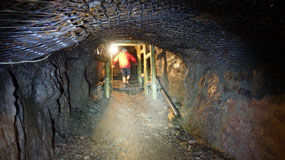
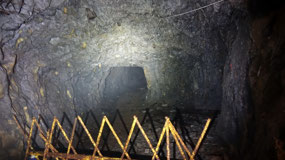
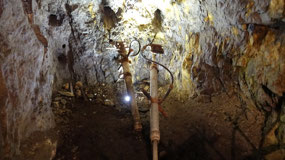
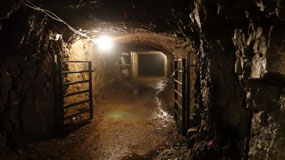
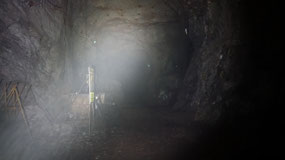
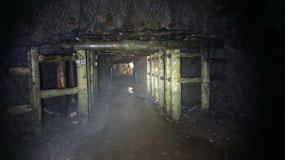
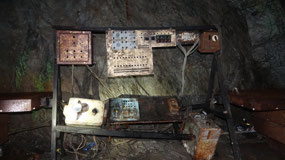
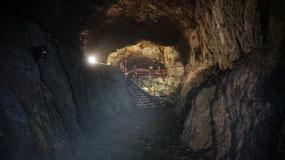
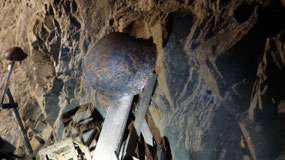
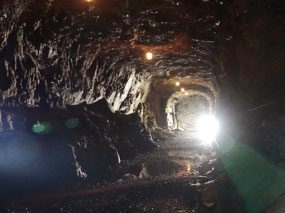
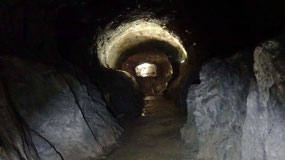
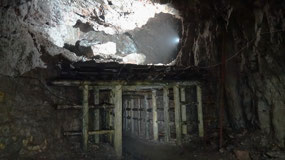
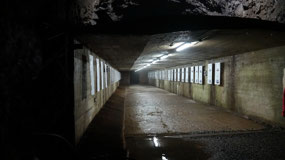
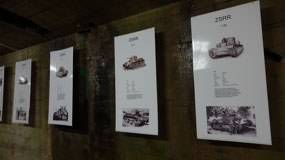

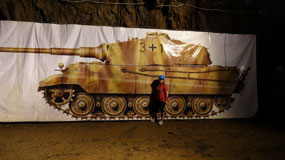
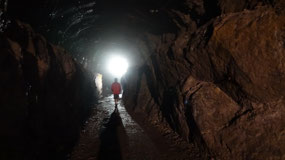
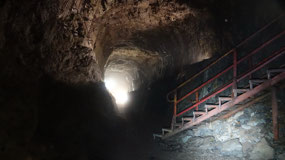
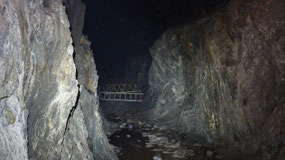
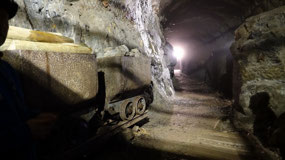
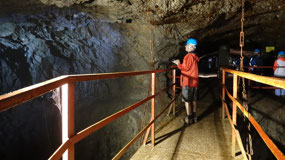
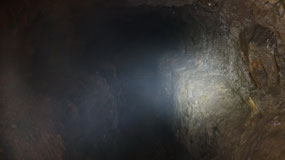
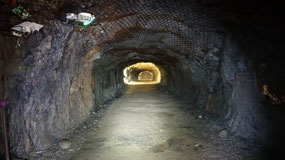
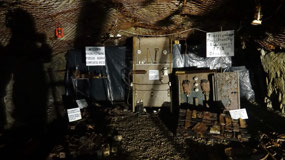
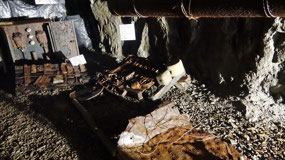
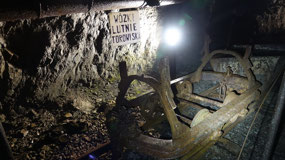
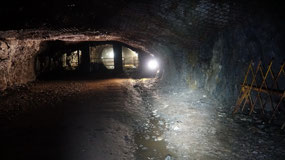
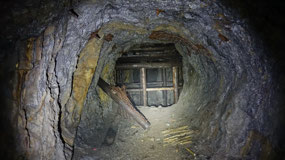
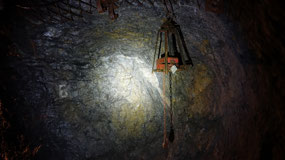
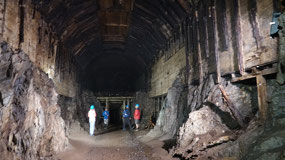
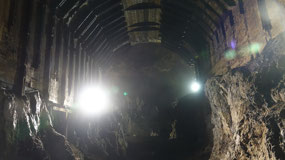

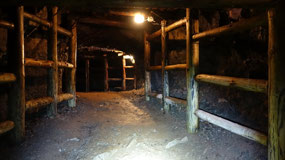
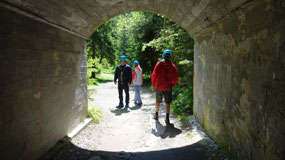

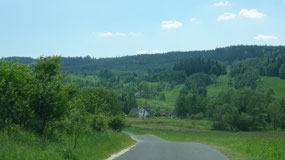
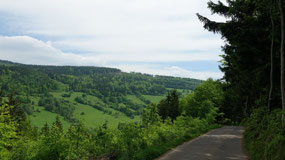
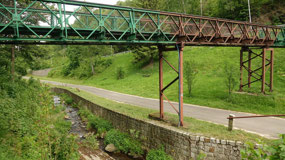
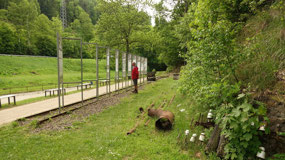
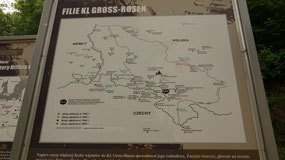

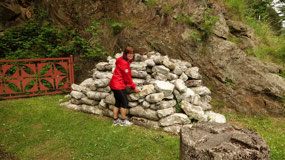
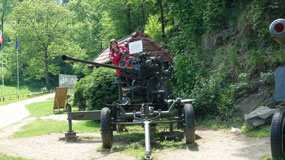
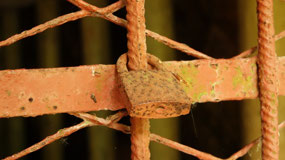
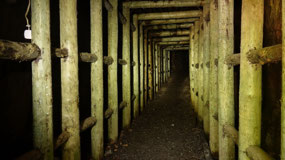
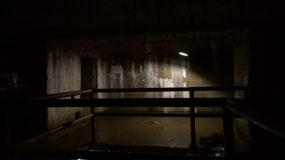
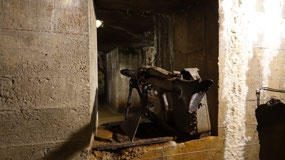
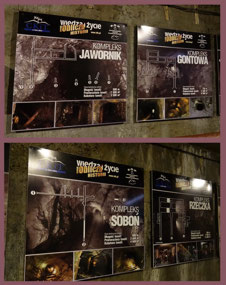
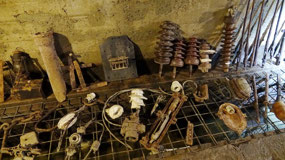
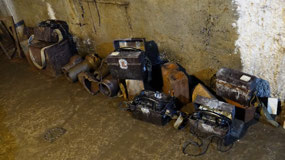
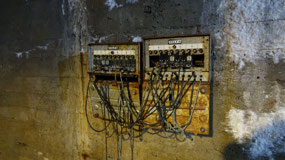
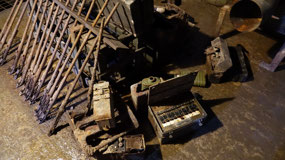
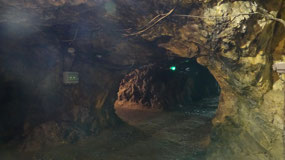
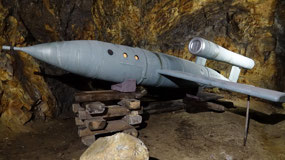
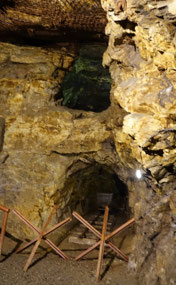
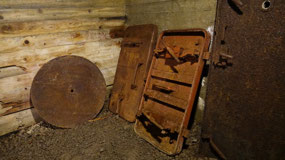
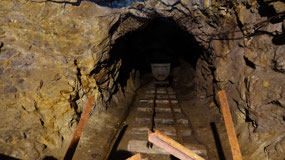
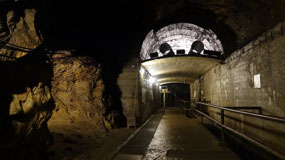
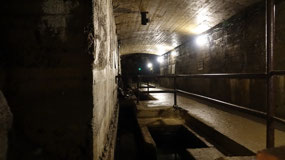
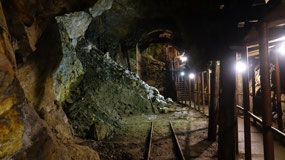
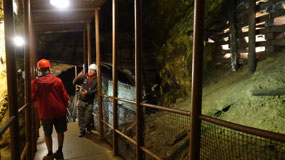
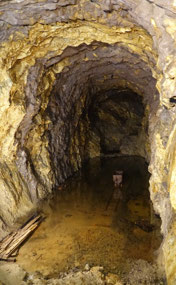
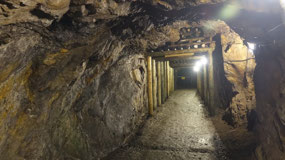

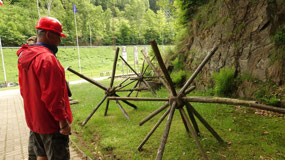
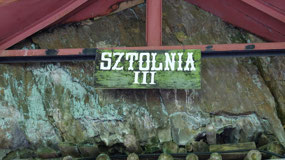
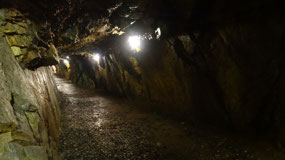
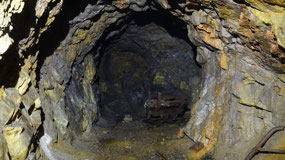
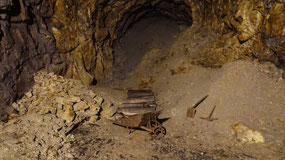
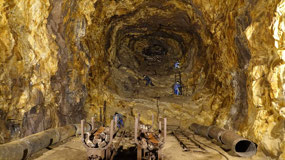
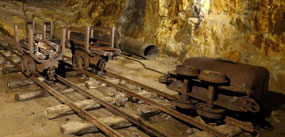
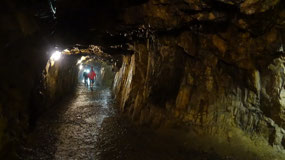
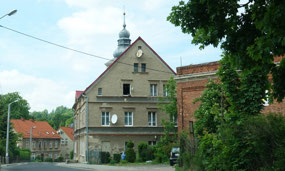

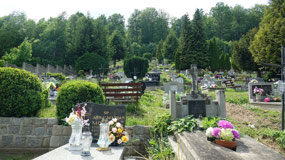
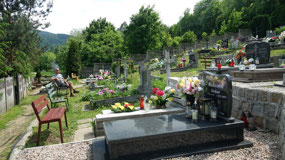

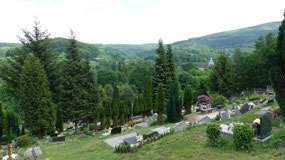
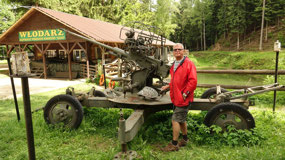

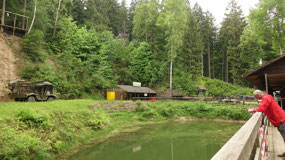
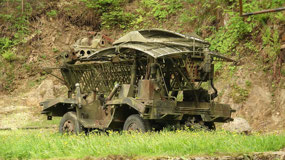
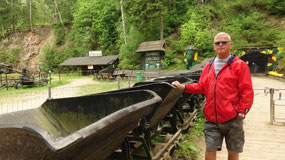
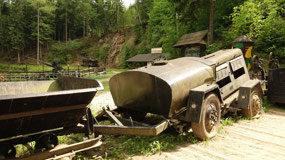
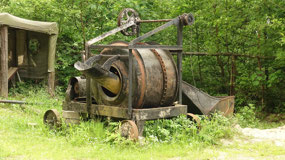
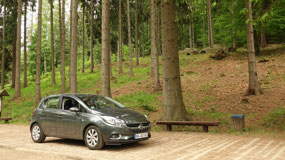
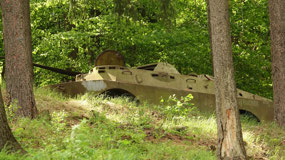
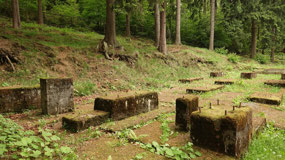
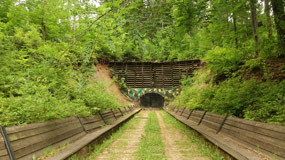
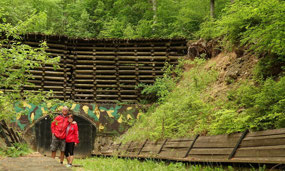
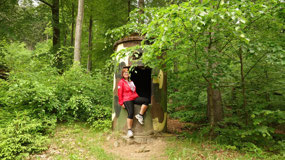
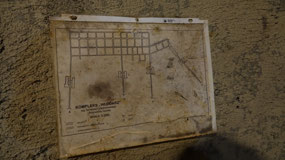
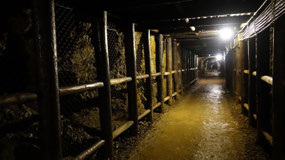
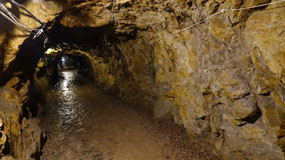
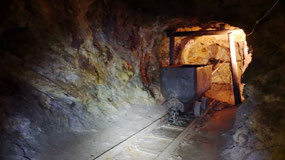

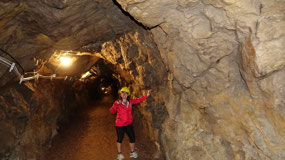
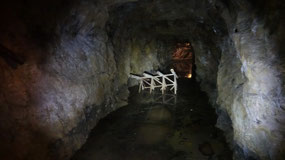
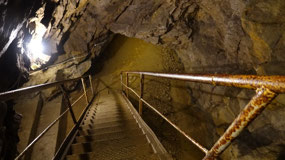
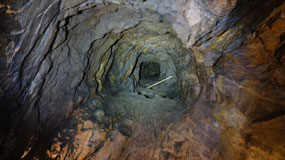
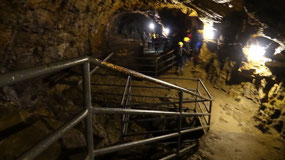
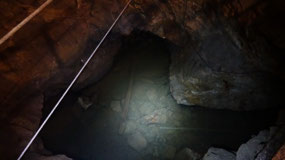
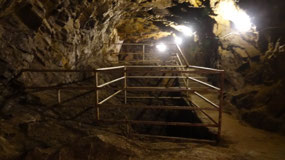
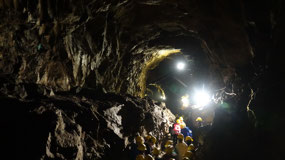
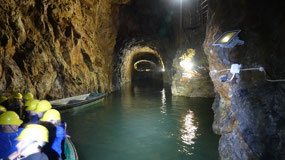
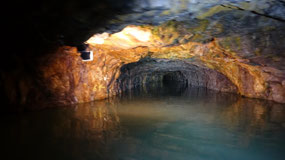
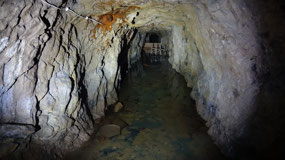
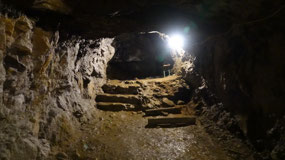
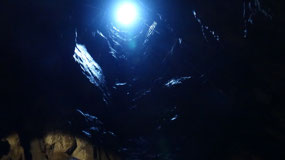
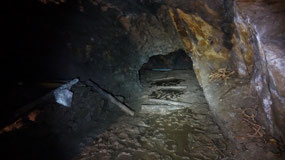
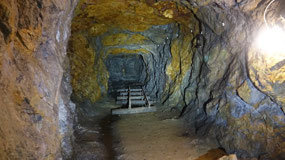
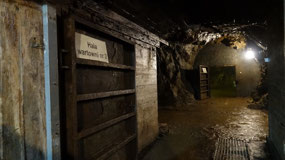
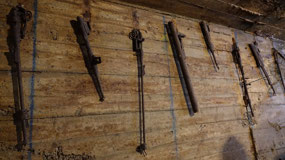
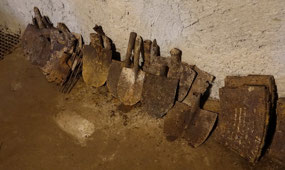
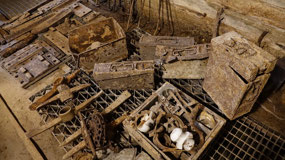
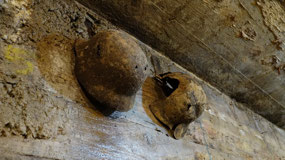
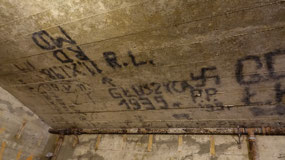
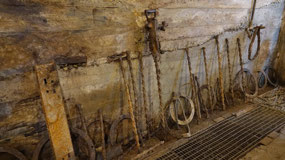
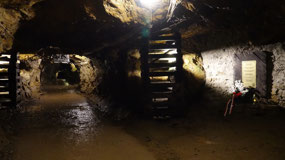
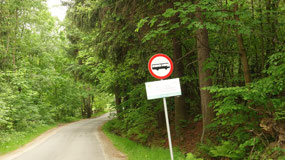
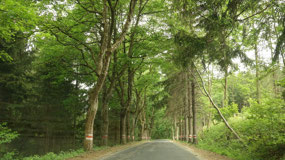
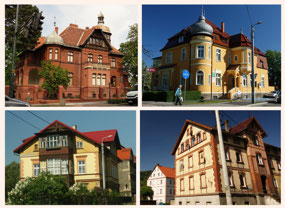

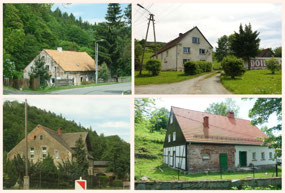
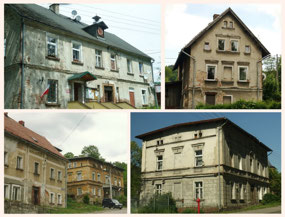
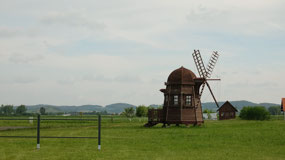
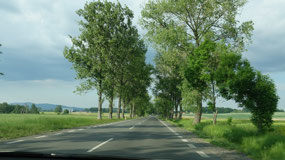

2025-05-23